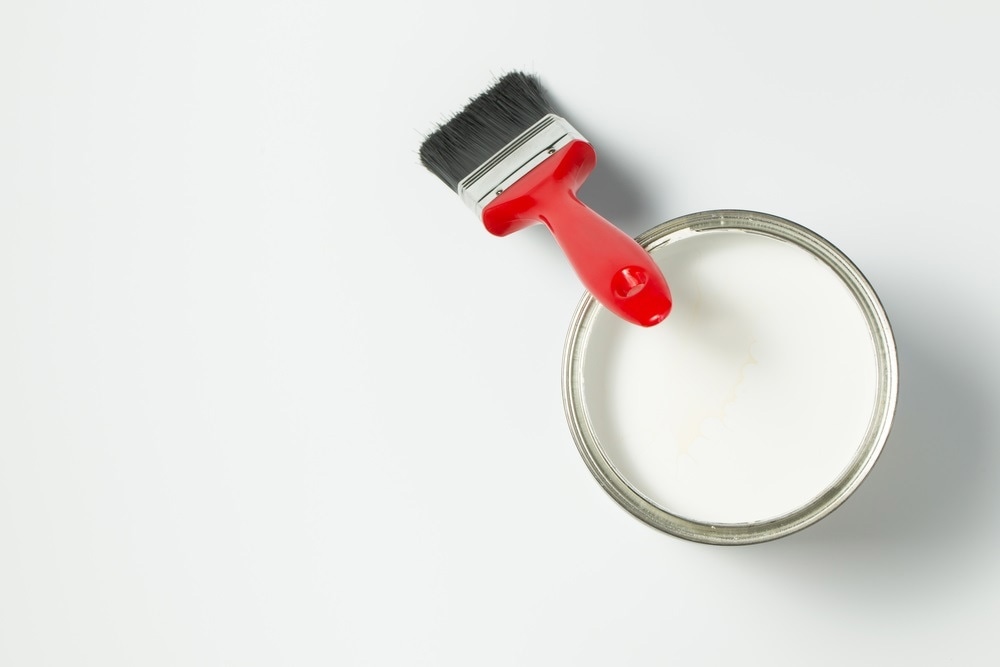Like many commercial products, paints and coatings need to be optimized for their end-use performance. This performance requirement comprises sag resistance, film thickness, leveling behavior, applicator loading and pigment dispersability. All of which rely on the rheological behavior of coatings.

Image Credits: Kenishirotie/shutterstock.com
These processes will exhibit a corresponding timescale, shear rate and shear stress, with temperature being another probable variable. In the case of Newtonian materials, viscosity is independent of the shear stress applied, and hence temperature is the most important variable. In order to offer the required functionality, a large number of paints and coatings are non- Newtonian, in which viscosity is a function of the shear rate or shear stress applied.
The following areas are covered in this whitepaper:
- Sagging
- Yield Stress
- Leveling
- Thixotropy
- Stability
- Viscoelasticity
Conclusion
It is important to optimize paints and coatings to ensure excellent stability, leveling behavior, sag resistance, film thickness and applicator loading. These processes rely on the rheological behavior of coatings and can exhibit a wide range of shear rates, shear stresses with related timescale. Given that most coatings are viscoelastic and non-Newtonian, they can display different rheological behavior under different conditions. Hence, the rheological properties must be determined under conditions that are appropriate for the application or process, which in the majority of conditions, can be associated with end-use performance.

This information has been sourced, reviewed and adapted from materials provided by Malvern Panalytical.
For more information on this source, please visit Malvern Panalytical.